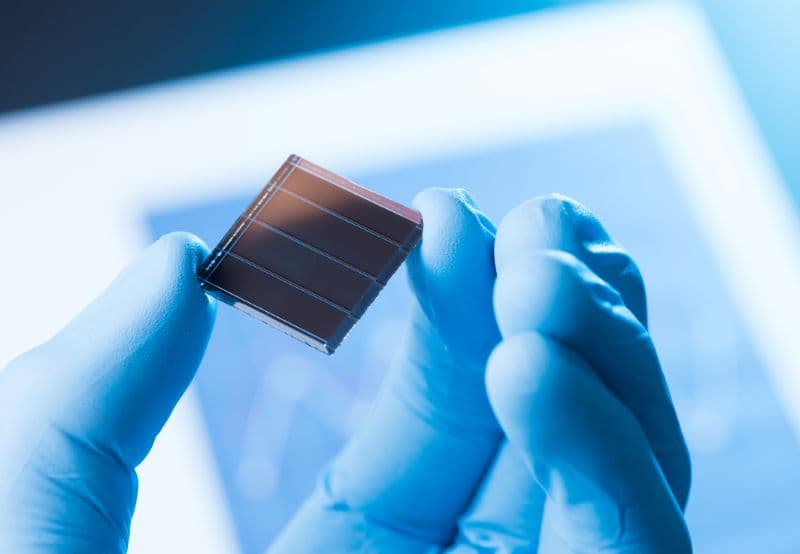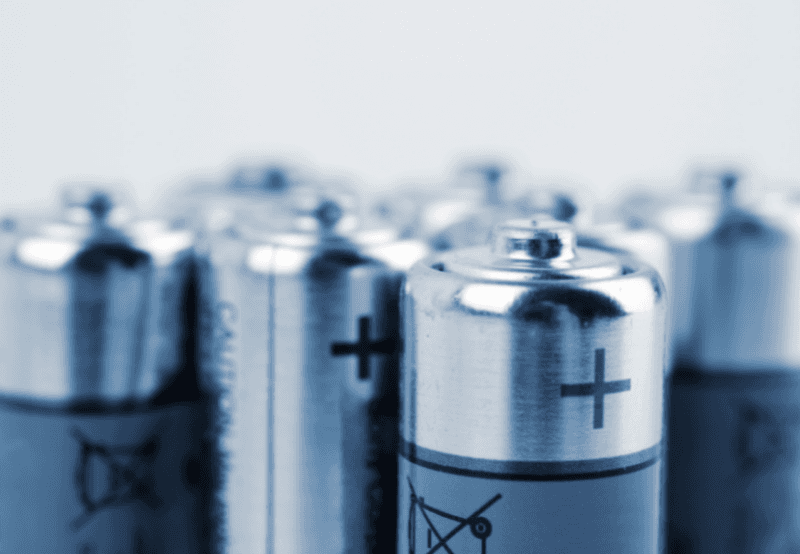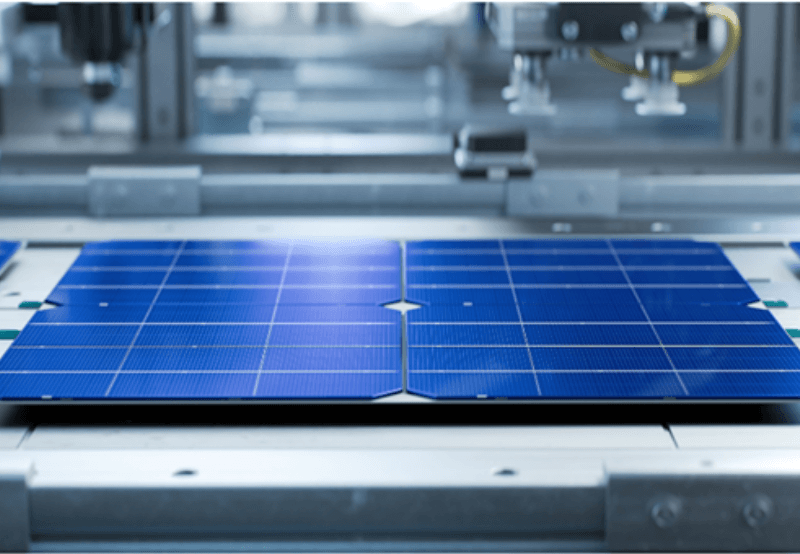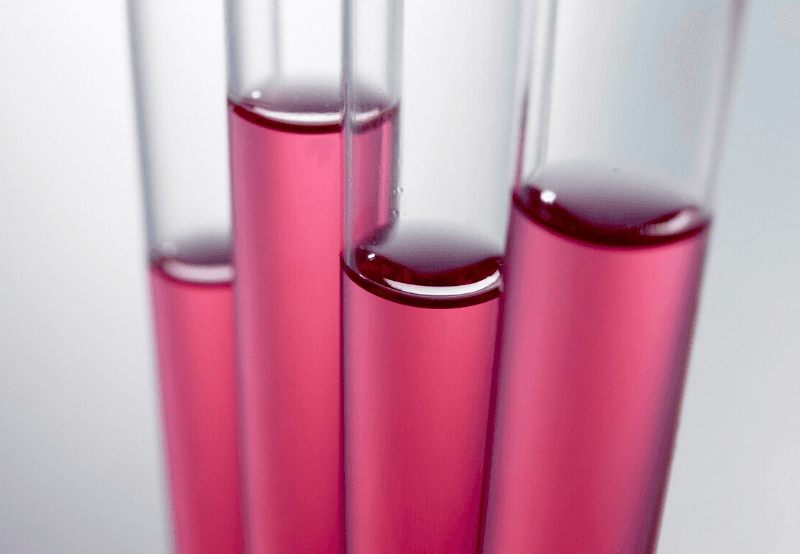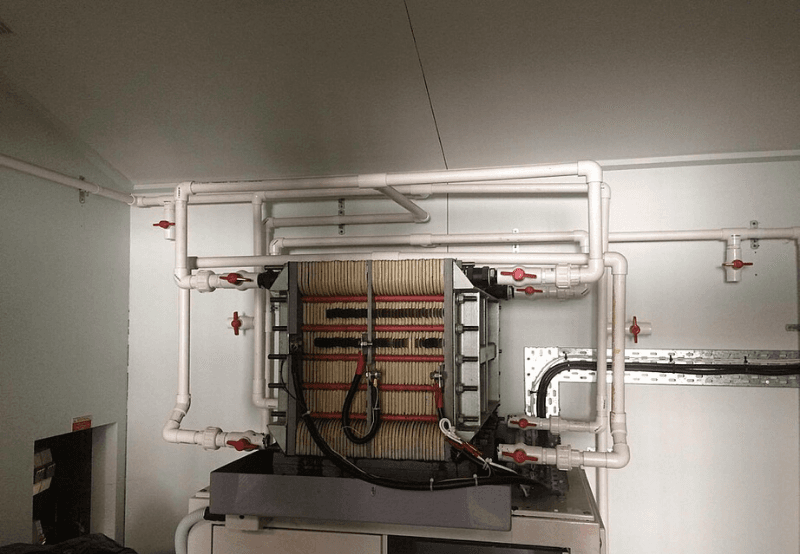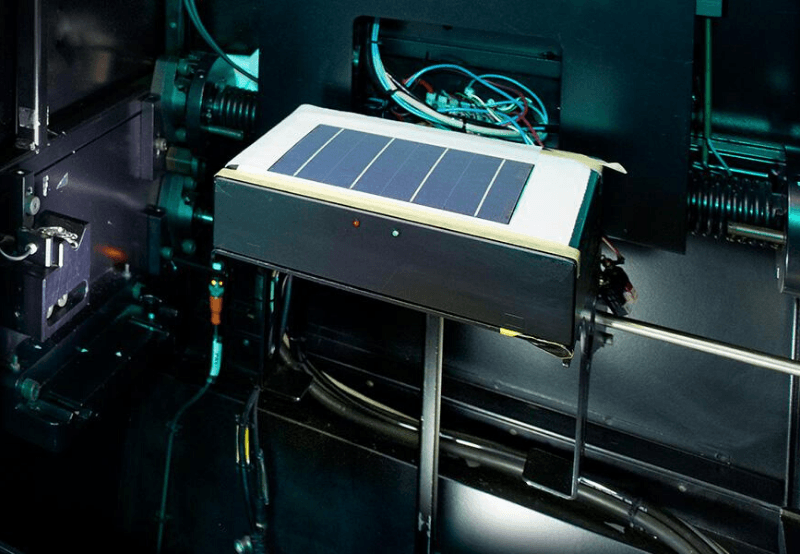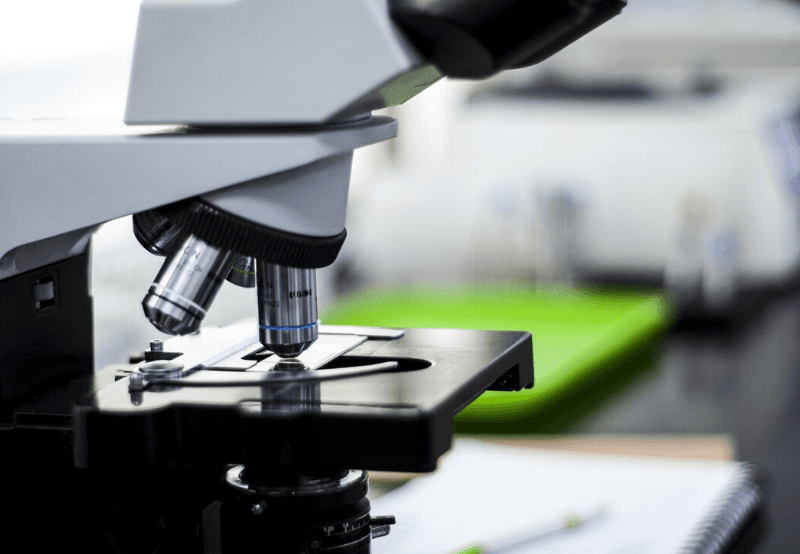science
Researchers from Monash University, the University of Oxford, and the City University of Hong Kong have developed a “self-healing” mechanism for perovskite...
Scientists at the Indian Institute of Technology (IIT), Kharagpur, have used nanomaterials to develop sodium-ion (Na-ion) batteries and supercapacitors that can be...
In a new study focused on increasing the power conversion efficiency (PCE) of perovskite solar cells (PSCs), materials scientists examined the non-radiative...
Researchers at Imperial College London claim to have developed a new machine-learning algorithm that could improve the design and performance of lithium-ion batteries...
Researchers at Stanford University have claimed they developed a new electrolyte design that boosts the performance of lithium metal batteries that could increase the...
Scientists at the University of Southern California have demonstrated a version of the redox flow type battery using low-cost and readily available materials, according...
Australian scientists, led by members of the ARC Center of Excellence in Exciton Science, have published a research paper stating that they have succeeded in producing...
A recent study published in Science Advances, a peer-reviewed multidisciplinary open-access scientific journal, concluded that the harmful effects of burning wood for...
Trina Solar has announced that its State Key Laboratory (SKL) of photovoltaic (PV) science and technology (PVST) has fabricated Passivated Emitter Rear Cells (PERC) with...
A team of researchers at the Chinese Academy of Sciences have developed a technique that could increase the power conversion efficiency (PCE) of organic photovoltaic...
A new process that could significantly reduce the cost of producing biofuels like ethanol from plant waste has been discovered by researchers at Rutgers University in...
1
...
1
